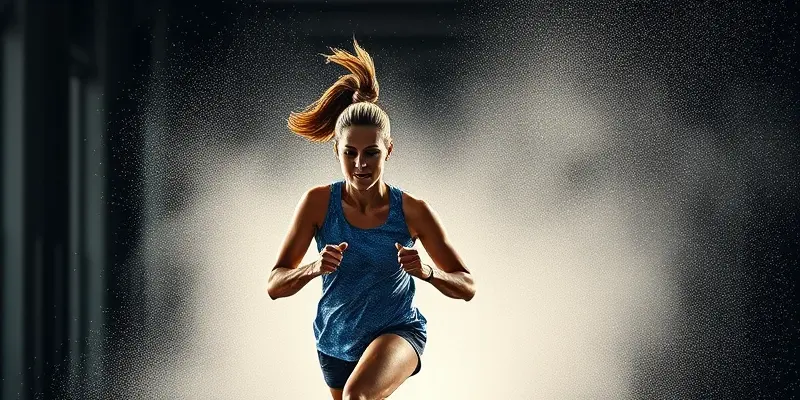Elevate Your Fitness Journey with Recovery Monitoring Devices
Have you ever felt frustrated by an unexpected injury derailing your fitness progress? How about lingering fatigue that keeps you from performing at your best? These are common issues many athletes face, but modern technology could be your game-changer. Let’s dive into how recovery monitoring devices can revolutionize your fitness journey by optimizing recovery and preventing injuries.
Embracing the Future: What Are Recovery Monitoring Devices?
Recovery monitoring devices, like the Whoop 5.0, Oura Ring, Polar Verity, and technologies used in professional settings such as Catapult, are transforming how we train and recover. These devices track critical metrics like sleep quality, heart rate variability (HRV), and overall readiness, equipping you with insights to tailor your workouts efficiently.
Device Functions and Their Benefits
Sleep and Heart Rate Monitoring: Whoop and Oura
Why is sleep a cornerstone of recovery? Quality sleep enhances muscle repair and mental recharging. Devices like Whoop and Oura excel at measuring sleep cycles, HRV, and temperature variance. These metrics reveal how well your body recovers overnight, guiding you to make smart training decisions.
Personalized Recovery Insights: Strain and Load Management
Through continuous tracking, these devices provide personalized recovery scores. Your readiness score from devices like Whoop or Oura determines whether you’re primed for a hard workout or require rest, effectively balancing training intensity to prevent overuse injuries.
Injury Prevention with Catapult
Especially in team sports, understanding athletes’ workloads can prevent nagging injuries. Catapult incorporates GPS and heart rate data to optimize team training sessions. Coaches use this data to ensure athletes are neither overtaxed nor underprepared, maximizing team performance without compromising player health.
Real-Life Applications
From Weekend Warriors to Professional Athletes
Imagine Lucy, a marathon enthusiast juggling training with a demanding job. She uses her Polar Verity to monitor cardiovascular health, helping her gauge when to push her limits and when to ease off. Teams at the professional level, like those in the NBA, use systems such as Catapult to keep players at peak performance through data-informed recovery plans.
Complementary Strategies for Effective Recovery
While devices offer a wealth of data, a holistic approach ensures the best results. Recovery is also about nutrition and mental resilience. Consuming enough protein, staying hydrated, and embracing psychologically supportive practices like mindfulness are key to optimizing device insights.
Evidence and Reliability
You might wonder, “Are these devices reliable?” Research shows that devices like Oura and Whoop match or surpass traditional actigraphy in accuracy. Trusted by elite athletes, they provide credible data to refine recovery efforts.
Conclusion
Recovery monitoring devices offer a blend of science and personalization: they help you be your best self without hitting hurdles like burnout or injuries. Think of it as having a coach, always assessing your readiness, guiding you to new personal bests. Whether you’re an amateur athlete or a seasoned pro, these devices are worth considering. Why wait? Harness these insights and take active steps towards a healthier, more resilient you.

